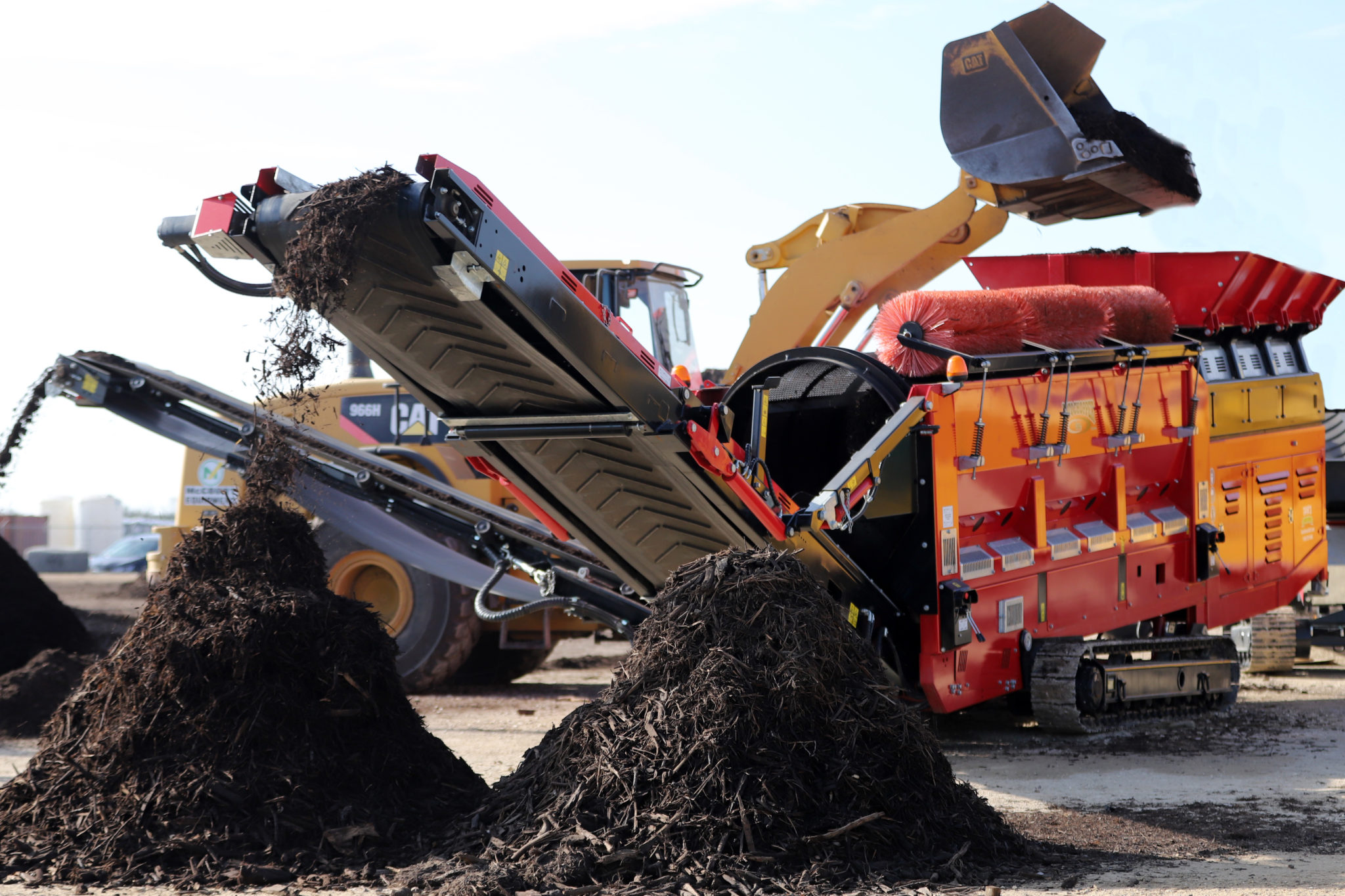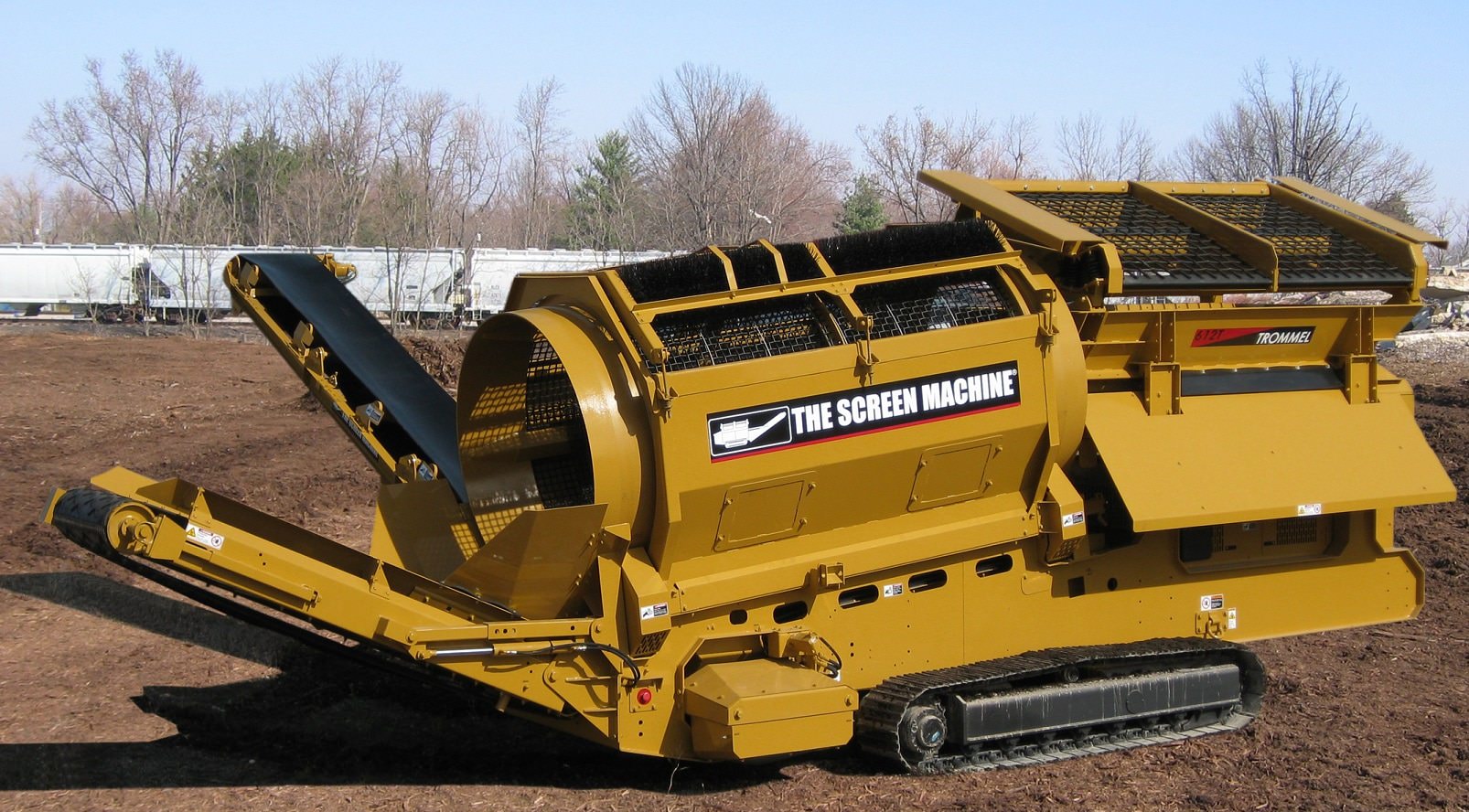The Trommel Screens Advantage: Raising Product Handling to the Next Level
The Trommel Screens Advantage: Raising Product Handling to the Next Level
Blog Article
Discover the Performance and Adaptability of Trommel Screens for Recycling Equipment
As the need for versatile and reliable recycling equipment remains to grow, one can not overlook the impressive abilities of trommel screens. These ingenious machines have actually shown to be indispensable in the reusing industry, using a series of benefits that considerably boost the sorting procedure. From improving effectiveness to adapting to different reusing applications, trommel screens have actually come to be a staple in waste administration. Nonetheless, choosing the ideal trommel screen for your certain demands can be a complicated task. So, how do you navigate this huge landscape of options? In this discussion, we will discover the effectiveness and convenience of trommel screens and provide key understandings into finding the ideal match for your recycling devices.
Benefits of Trommel Displays
Trommel screens offer numerous benefits in the field of recycling tools. The turning drum of the trommel screen allows for the reliable segregation of materials based on their dimension.
One more advantage of trommel displays is their adaptability. These screens can be used for a large range of materials, consisting of compost, construction and demolition waste, municipal strong waste, and even extracting waste. This adaptability makes them an important property in different reusing facilities.
Trommel displays are likewise recognized for their high throughput capability. The layout of the turning drum and the disposition of the screen permit for a constant circulation of material, making certain efficient handling. This high throughput capacity not only raises efficiency yet also minimizes the need for extra tools, saving both time and expense.
Furthermore, trommel screens are made to be very easy and resilient to keep. The durable construction and top notch components ensure a lengthy life-span, even sought after reusing settings. Additionally, the easy layout makes upkeep and cleaning straightforward, lessening downtime and making certain optimal performance.
How Trommel Screens Improve Sorting Effectiveness
To boost the efficiency of sorting processes, trommel screens employ a series of cutting-edge attributes and modern technologies. These screens are designed with a rotating cylindrical drum that is perforated with various-sized holes. As the product is fed into the drum, it is lifted and tumbled by the rotation, allowing smaller particles to travel through the holes while larger ones are brought along the length of the drum. This initial separation significantly improves the overall efficiency of the sorting process.

Another trick attribute of trommel displays is their ability to sort numerous fractions simultaneously. By utilizing different-sized screens and adjusting the angle of the drum, drivers can accomplish specific separation of different products, such as compost, wood chips, and building and construction debris. This versatility removes the need for multiple arranging processes, conserving time and resources.
The Convenience of Trommel Screens in Different Recycling Applications

In the area of MSW recycling, trommel screens are used to separate different kinds of materials such as plastics, paper, glass, and metals. They assist in accomplishing high arranging performance and recouping beneficial recyclable products. In C&D waste recycling, trommel screens are used to separate and arrange various products like concrete, plastic, metal, and wood, enabling the recuperation of useful resources and decreasing the amount of waste sent out to land fill.
Trommel screens are also widely made use of in composting procedures. They effectively separate natural waste from non-organic pollutants, such as plastics and metals, causing top notch compost for gardening and agricultural usage. Furthermore, trommel screens are made use of in biomass handling to separate biomass gas from pollutants, ensuring the manufacturing of clean and efficient eco-friendly energy.
Trick Attributes to Take Into Consideration When Picking Trommel Screens
When choosing trommel screens for reusing devices, it is important to think about key functions that guarantee optimum performance and performance. These features play a crucial function in determining the efficiency of the trommel display in attaining and dividing materials desired reusing results. One essential feature to take into consideration is the dimension and style of the screen drum. The size and length of the drum should be picked based on the particular reusing application and the desired throughput. Furthermore, the layout of the screen panels and the size of the screen openings need to be carefully chosen to help with reliable product separation. One more vital feature is the source of power of the trommel screen. Electric, hydraulic, or diesel-powered view it now alternatives are readily available, and the choice depends upon aspects such as transportability, power requirements, and environmental considerations. The capability to readjust the drum rate is additionally crucial, as it allows operators to enhance the testing procedure for various materials and recycling goals. The trommel display need to have a durable and durable building and construction to withstand the needs of the reusing sector. trommel screen. This consists of functions such as strengthened framework, resilient screen panels, and strong assistance framework. Generally, taking into consideration these crucial functions will help make sure that the picked trommel screen satisfies the particular requirements of the recycling procedure, making the most of efficiency and productivity.
Tips for Maximizing the Performance of Trommel Screens
Carrying out effective methods can greatly improve the efficiency of trommel displays in recycling devices. Including advanced innovations such as automated controls and remote surveillance systems can even more improve the efficiency of trommel screens. By executing these methods, drivers can take full advantage of the efficiency of trommel displays and boost the overall effectiveness of their recycling devices.
Verdict
In conclusion, trommel displays have actually confirmed to be flexible and highly efficient in reusing applications. By adhering to ideas to optimize efficiency, services can optimize the use of trommel screens and boost their recycling procedures.

Report this page